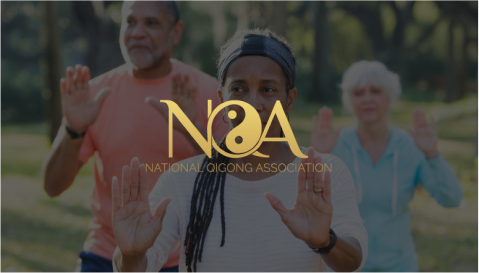How does the seasonal shift and time changes lead to insomnia? And how can acupuncture help? These are questions we address in Chinese Medicine several times a year.
When the seasons shift, there is often a change in our sleep patterns. In our acupuncture clinic, when we adjust our clocks, we often notice many of our patients coming in with complaints of restless nights or overly active dreaming and, in some cases, nightmares. Under the lens of Traditional Chinese Medicine theory, this occurs because we are moving from a season of Yin energy (fall and winter) to a season of Yang energy (spring and summer) - and vice versa in the autumn season.
Acupuncture, a cornerstone of Traditional Chinese Medicine, has been utilized for centuries to support restful sleep and overall well-being. While professional treatments are recommended, acupressure offers a way to experience some benefits at home. By applying gentle pressure to specific points, you may help promote relaxation and support your body's natural rhythms.
As we adjust our clocks, we recommend trying these acupressure points to support your body’s natural rhythms and promote relaxation during seasonal transitions.
Heart 7 - Shen Men: The "Spirit Gate"

This point is translated as “Spirit Gate” and is a powerfully calming point. Find it on the crease of your wrist on the pinky side. Use the opposite pointer finger and thumb to pinch the area. . Locate a tender area and apply pressure for 30-60 seconds.
SPLEEN 6- SAN YIN JIAO-: the "THREE YIN INTERSECTIONs"
This point is described as the “Three Yin Intersections” because three main yin channels of the body meet here. Find it on the inner side of your lower leg, around 2 inches above the medial malleolus in a tender depression that is posterior to the medial border of the tibia. Again, press this tender area for 30-60 seconds.
How These Points May Support Relaxation and Sleep
Research indicates that stimulating specific acupuncture points, such as Heart 7 and Spleen 6, may influence neurotransmitter pathways, including those involving GABA, which is important for maintaining a balanced nervous system(1).
GABA is known to have an inhibitory effect on the brain and is one of the main neurotransmitters involved in sleep. An increase in GABA will decrease the CNS before sleeping.
Interested in exploring natural ways to support better sleep? Acupuncture, a key component of Traditional Chinese Medicine (TCM), has been utilized for centuries to promote relaxation and support overall well-being. When combined with personalized herbal remedies, it offers a holistic approach to supporting relaxation and overall wellness during times of seasonal change. Schedule an appointment today to explore how these natural therapies can help you explore natural ways to support balance and calm at night.
Care Consideration: Just a reminder that the above information is not a substitute for medical care and is not a substitute for medical advice or recommendations from a healthcare provider. This information is not intended to treat, mitigate, or cure any disease. That said, we encourage you to connect with an Acupuncturist in your community to learn more about this and other Traditional Chinese Medicine options. If you’ve got questions about Chinese herbal medicine or getting started with an Acupuncturist, feel free to connect with us at hello@mydaolabs.com.
Reference:
(1)Shergis, J., Xiaojia, N., Jackson, M. etc al. “A Systematic Review of Acupuncture for Sleep Quality in People with Insomnia.” Complementary Therapies in Medicine, vol. 26, June 2016, pp. 11–20., doi.org/10.1016/j.ctim.2016.02.007.


















